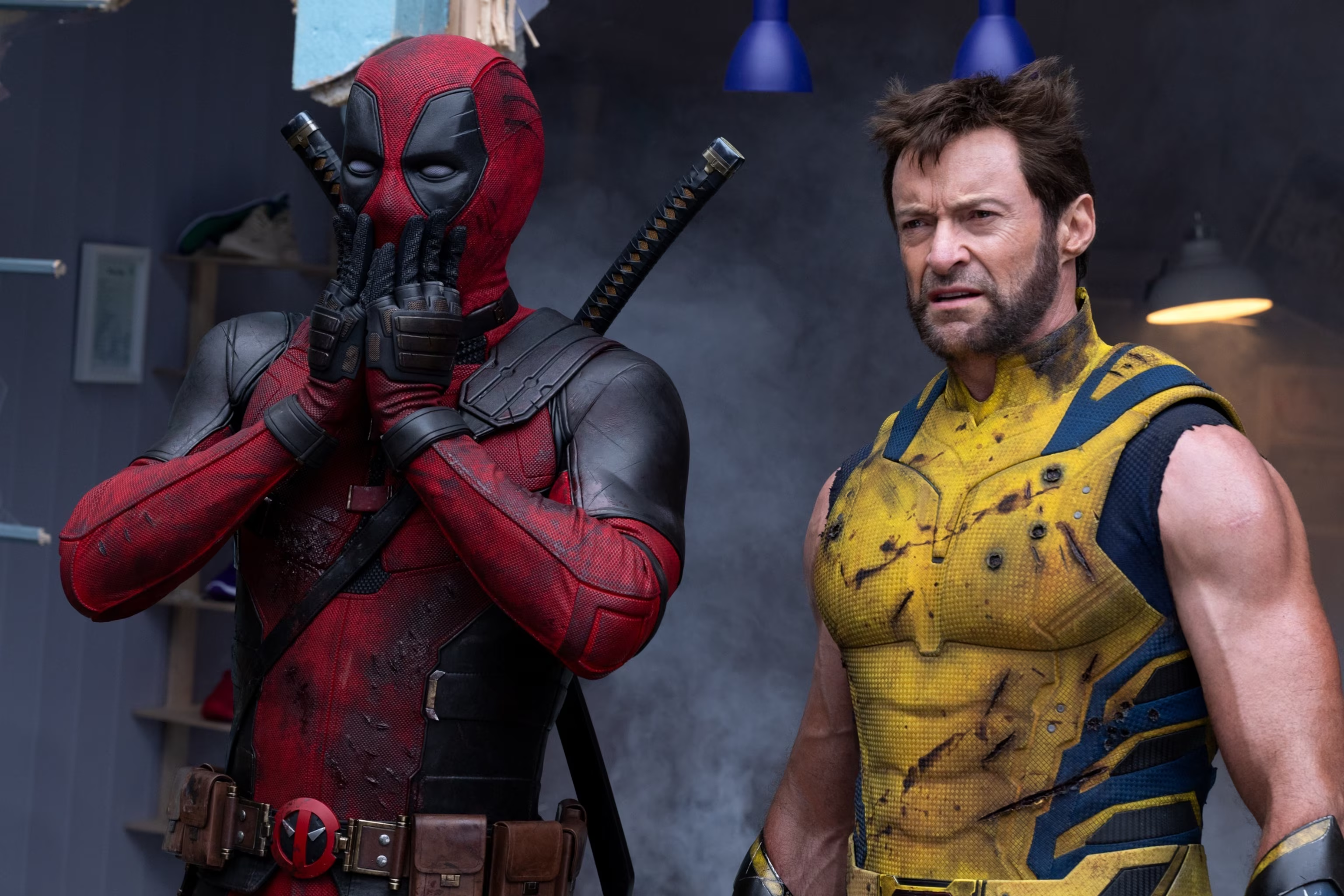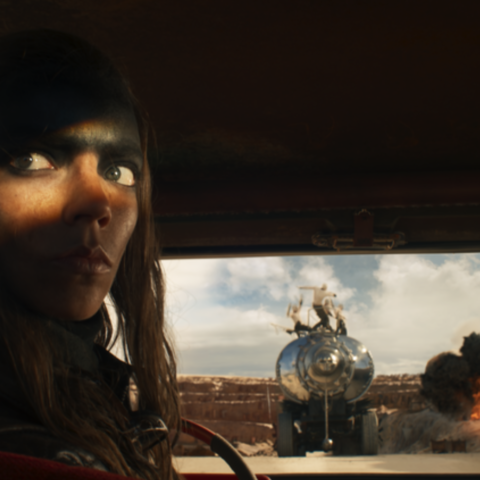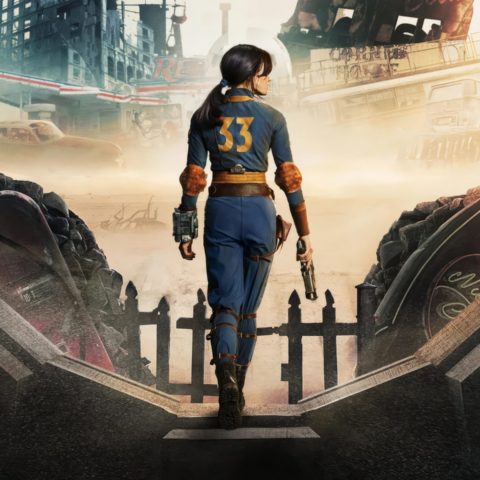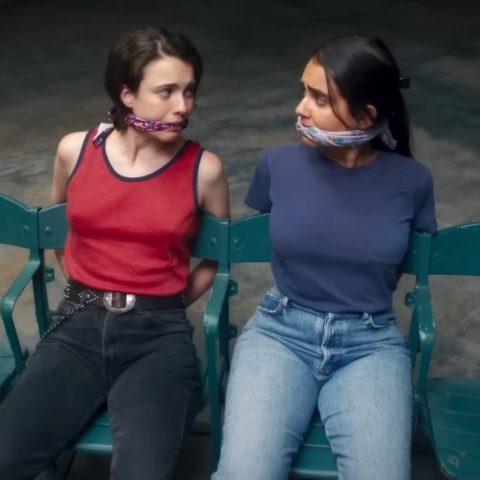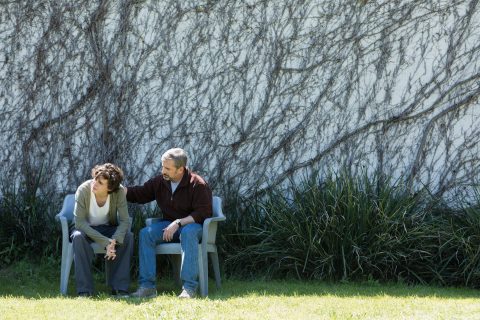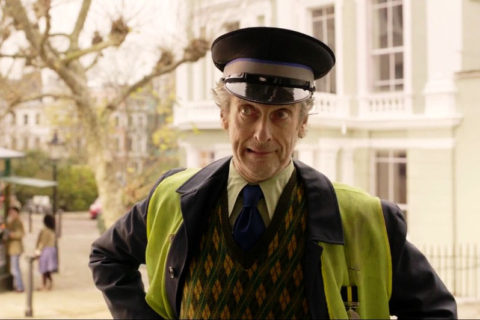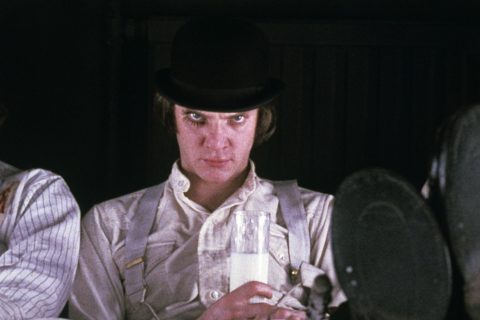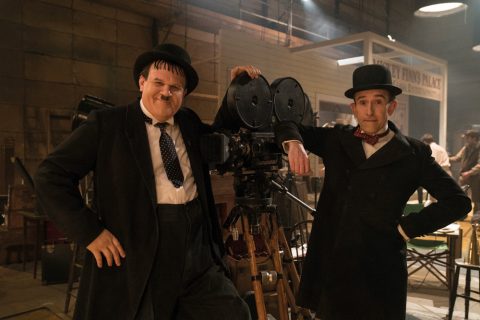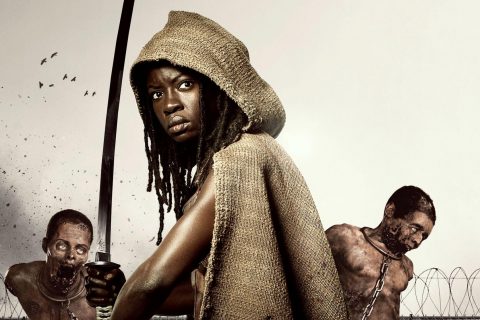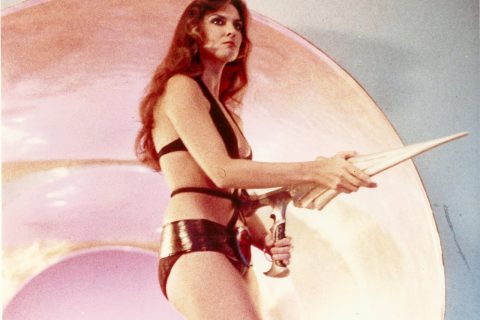Classic Scene: Halloween
What better way to celebrate the spooky season than with a viewing of the ultimate slasher film, Halloween? John Carpenter’s creepy classic was initially released to mostly horrifying reviews in 1978, but performed well enough at the box office to spawn an eleven-film franchise comprising of sequels, reboots, retcons, and even one entry that does not feature horror icon Michael Myers (and two more sequels are on the way). The film was influenced heavily by Hitchcock’s Psycho, and is credited with popularising the slasher genre and introducing many of the tropes that prevail in the subgenre: the ‘final girl’ triumphing over the evil, sexual promiscuity ending in death, and the quiet not-quite-human stalker. It also has what is arguably the best horror theme of all time, a relatively simple tune that took Carpenter three days to compose and was influenced by the themes from William Friedkin’s The Exorcist and Dario Argento’s Suspiria.
But did you know…
1) The mask worn by Michael Myers is actually a mask of William Shatner as Captain Kirk from Star Trek. The mask, which was painted bone-white and had the eyes widened significantly, was purchased for $1.98 from a Hollywood fancy dress store. The film was so low-budget that many of the clothes worn by the characters were in fact from the actors own wardrobe.
2) The film was the cinematic debut of Jamie Lee Curtis, who was an unknown actor at that point, having only worked in TV. Curtis, who also was the only actual teenager in the film (all the other teens were very much adults in real life), is the daughter of Janet Leigh, a name you may recognise… she played Marion Crane in Alfred Hitchock’s Psycho. Small world.
3) Both Hammer Horror legends Peter Cushing and Christopher Lee were approached to play the role of Dr. Sam Loomis, but turned down the role due to the paltry pay. Donald Pleasance, who did accept, was paid $20,000. Curtis was paid $8,000, and Nick Castle who played Michael Myers (credited as “The Shape”) scraped in a massive $25 a day. John Carpenter, who wrote, directed and scored the project, walked away with $10,000. Overall the film would make in excess of $70 million worldwide on a budget of £300,000, which makes it one of the most successful independent films ever.

